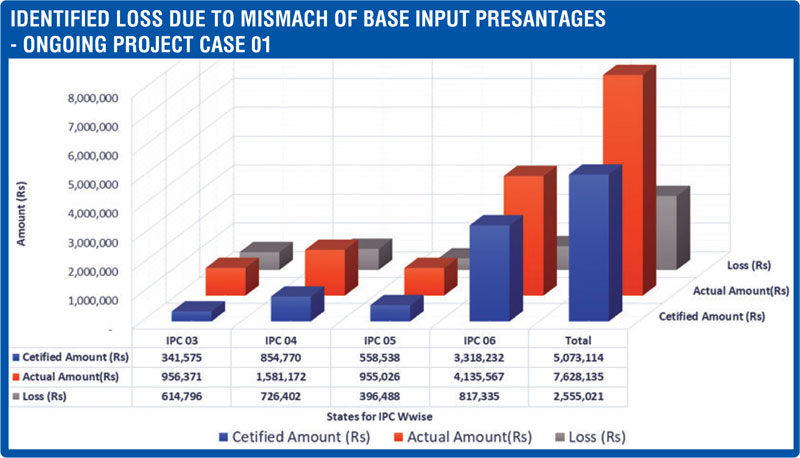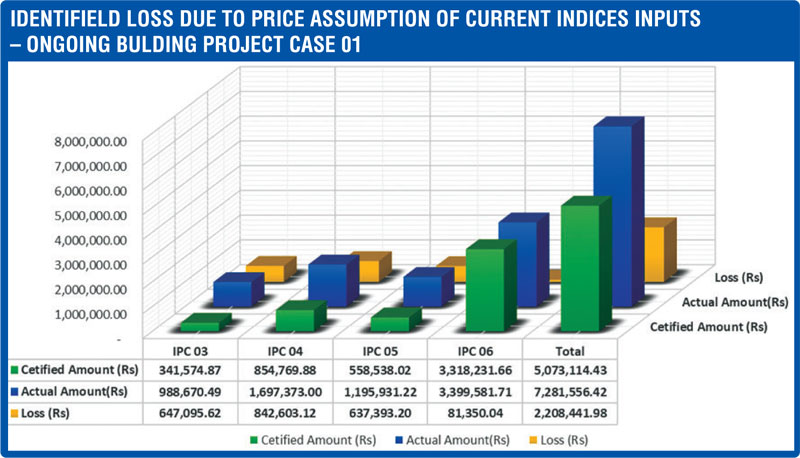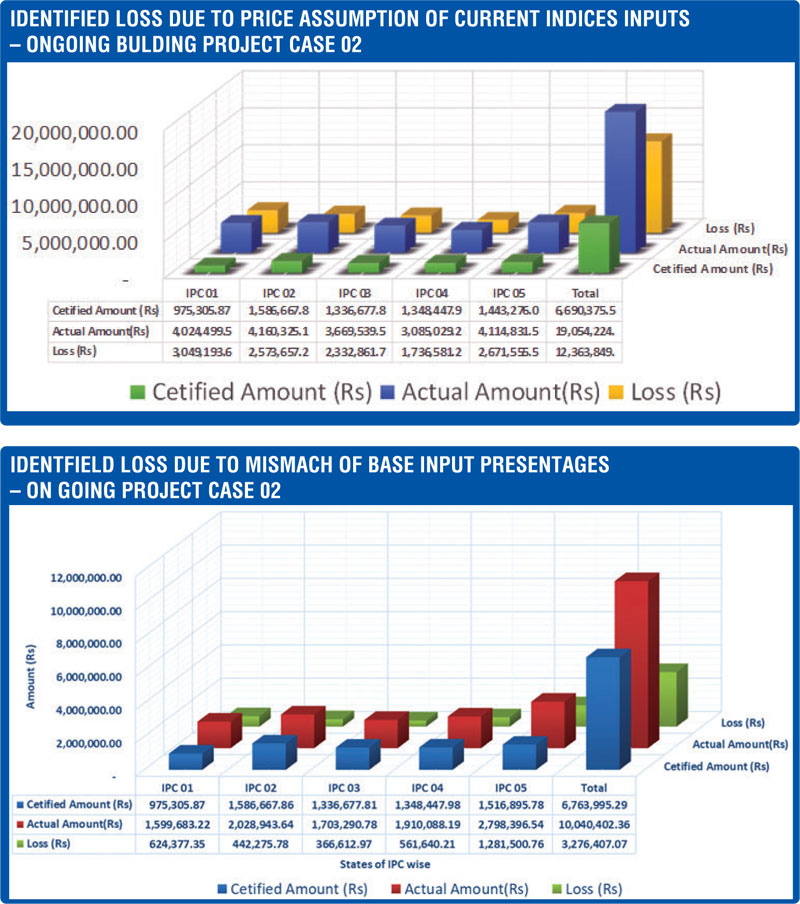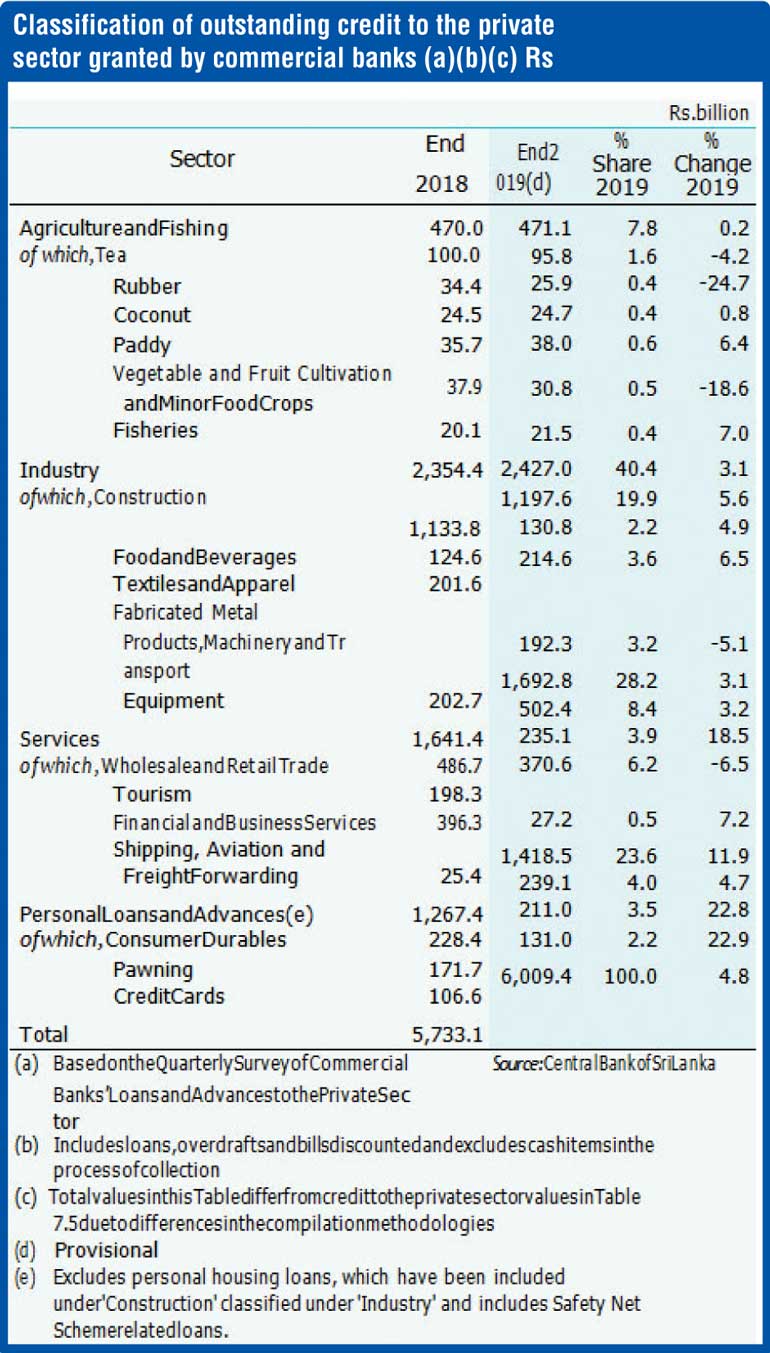Saturday Nov 15, 2025
Saturday Nov 15, 2025
Monday, 1 November 2021 00:00 - - {{hitsCtrl.values.hits}}

By Ceylon Institute of Builders
We draw attention to the financial difficulties that construction contractors are facing due to problems encountered by them in claiming payments for ‘price escalation’.
This problem has mainly arisen due to lack of clarity and consistency regarding payment of ‘price escalation’ in the tender guidelines and contract documents. Due to this reason the contractors are deprived of or face difficulties and delays in getting payments for unexpected price increases.
In many tenders the clause pertaining to ‘price escalation’ has been omitted altogether in violation of the national tender guidelines and the contractors who are carrying out the tender work are not able to claim any payment for the unexpected increase in construction materials;
Escalating costs of construction
There has been unusual increases in prices of most of the construction materials in the world market from 2015 onwards. As a result of this and the steep depreciation of the rupee value against dollar, the cost of construction has gone up substantially against the cost at the time of awarding the tender.
As a general practice, the relevant government institution awards the tender to the lowest responsive bidder. The construction tender process is very competitive and price plays an important role in awarding of the tenders. Hence, at the time of quoting for the tender the construction companies are required to keep the price low and it is difficult for companies to foresee the future increases in material costs and labour wages, and include that in the tender price. They rely on ‘price escalation’ claims to accommodate the increase in cost. Therefore provision for claims of price variation is a fundamental requirement for a just and equitable contract.
Refusing to pay claims for actual price increases can irreversibly damage the financial standing of the company that undertook the project and at time can even drive the company to liquidation. Contractors are facing severe challenges and immense hardship due to refusal by clients to pay price variances claimed by the contractors based on actual market conditions.
As the companies keep the price low to get a tender, the tender is often awarded at a price below the cost estimate allocated for the tender. Hence the procuring entity is often able to have excess fund from the allocated budget by awarding the tender below the basic cost estimates. This fund can be used to pay for price variations. In addition, as per the tender guidelines, the procuring institutions are required to include a provision to address contingencies and allocate a percentage of the cost for the additional expenses incurred during contingencies.
Clause no. 4.3 of the ‘Government Procurement Guidelines’ under the caption Total Cost Estimate (TCE) states the following:
4.3.1 (a) TCE including all associated costs shall be prepared by the PE.
(b) TCE should identify cost of procurement preparedness activities and post contract awards separately.
(c) For post contract award activities the TCE shall include the following contingency provisions:
(i) A maximum of 5% for procurement preparedness activities;
(ii) A maximum of 10% for physical contingencies; and
(iii) A reasonable estimated amount for price contingencies.
As per the rule, the guidelines have to be followed until and unless another succeeding circular was issued by the Government. However, in practice many PEs deviate from this and don’t allocate payments for contingencies in the TCEs, resulting in them refusing to entertain any justifiable claims for contingencies by the contractor.
Case studies
As an example we have given two real case studies to illustrate the variances between the price escalation calculated according to the formula and the actual market prices. These projects which were carried out by one of our member companies, gives the interim payments (IPC) made by the client for five months during the course of the project. As illustrated, the certified amounts calculated from the escalation price formula is invariably lesser than the actual market prices at the time of calculating. We have used two different methods to calculate the losses from each project.
Case Study 1: On an average, the certified prices with reference to this project have been only 69% of the actual prices resulting in the company incurring a loss of over 30%.
Case Study 2: The certified prices with reference to this project have been only 67% (as per the first method) of the actual prices resulting in the company incurring a loss of over 30%.
Moreover, in most instances the construction work gets delayed due to reasons that are beyond the control of the contractor. The cost of construction invariably goes up with time and as a result the asset value of the building will also appreciate with time.
For example, if the value of the project at the time of awarding the tender is Rs. 10,000,000 and if the construction work is delayed due to unforeseen reasons and if the cost of construction increases by 20% during this period, the value of the project at the time of completion is likely to be around Rs. 12,000,000. Therefore, the procuring entity will get a new asset worth Rs. 12,000,000 by paying only Rs. 10,000,000. The procuring Government institution benefits even if the project gets delayed, at the expense of the contractor who is required to bear the increased cost of construction without any compensation. We are concerned that this might lead to unjust enrichment for the construction client.
Longstanding and recurring problem
The issue with regard to ‘price escalation’ claims has been a longstanding and recurring problem, and construction industry chambers and associations have been consistently highlighting this issue to the Government authorities since 2004. While we have not been able to reach a permanent solution to this matter, there were instances where Government officers understood the seriousness of the financial crises the contractors were facing and issued circulars to allow contractors to claim price escalation payments in certain circumstances.
For example, in 2006 when National Construction Association of Sri Lanka (NCASL) made representations to the National Procurement Agency (NPA) regarding the severe cash flow problems the contractors were facing due to depreciation of Rupee, the Director of NPA, via the Ministry of Finance and Planning, issued a circular ‘to amend the Public finance circular No. 352(14) to enable contractors to claim reimbursements on price escalations for work executed after the 26 December 2004 in the tsunami affected districts even if such provisions are not included in the contracts’.
There was another instance where a circular was issued to enable contractors to claim payments for price escalations for contract work for less than three months. The contract work of less than three months is generally undertaken by small and micro scale construction companies and this circular was specifically issued to protect the small and micro construction contractors from unfair financial losses. During the period from 1988 to 1990, many cabinet directives were issued to create an enabling environment for contractors. The cabinet paper no. 116 of December 1988 is a good example.
As the above examples demonstrate there is provision to overcome regulatory barriers by issuing legitimate circulars to implement a consistent and fair policy regarding price escalation claims. If further needed, it can even be made in to a legally valid document by obtaining cabinet approval. Therefore, we kindly request you to consider the enormous financial crisis faced by the construction companies due to price variations and issue a circular to all the Government institutions to include a consistent clause to accommodate price escalation on work contracts as per the market conditions.
A sizeable number of contracts that were awarded in 2018 are yet to be completed by contractors due to many reasons such as frequent stoppages of construction work due to COVID lockdowns, payment delays by the clients for the work completed etc. Labour wages and material costs have increased exponentially during the last three years resulting in the contractors incurring massive losses in executing these contracts. Hence, we humbly request you to issue a circular to allow the construction companies to claim reimbursements for price variation for all the contracts that were awarded after 2018.
Construction industry experiencing severe hardship
The construction industry has been experiencing severe financial difficulties and hardship during the last six years. Long periods of payment delays for the work completed by them, lack of political stability the country had to undergo during 2015-2019, and Easter day bombings and the resultant economic downturn have contributed to the downturn of the construction industry. Furthermore, the outbreak of COVID-19 pandemic and complete closure of all the construction sites for almost three months during the first wave had created unprecedented economic difficulties for all the industries including the construction industry.
Most of the construction companies have substantial monthly payment commitments to Banks for the funds they had borrowed from the Banks for leasing of building machinery and materials as well as for their operational expenses. They have been struggling to pay their monthly instalments due to prolonged stoppage of work and delays in payment arising from the above reasons. The losses they have to incur due to unfair price escalation clauses adopted in the tenders have further confounded their difficulties. Settling of ODs, guarantees, loans and other facilities owing to the banks by the contractors were either delayed or defaulted.
As per the Annual Report 2019 by Central Bank, “Growth of credit to the Industry sector decelerated to 3.1%, year-on-year, by end 2019….. Within the Industry sector, credit to the Construction subsector, which accounted for around 49% of the total credit flows to the Industry sector, recorded a moderate growth of 5.6%, year-on-year, by end 2019, compared to the growth of 14.1% at end 2018…. As per the business surveys conducted by Central Bank of Sri Lanka (CBSL), the long delay in payments for the government related projects which created severe financial constraints for construction firms was highlighted as a barrier for sustaining the growth momentum in the construction industry. (Annual Report 2019, Central Bank of Sri Lanka)”.
As given in the table, the employment in the construction sector reduced to 693,000 in 2019 from 713,000 in 2018. The construction industry is the fourth largest employer in private sector after agriculture, manufacturing and, retail trade and repairs. Drop in employment in construction sector contribute to the overall unemployment in the country.
Payment problems
From the tables, it is clear that the construction industry has been experiencing financial difficulties during the last few years. Apart from the prevailing economic conditions, a substantial portion of blame has to be attributed to the occurrence of delayed payments and not allocating payments for the price variations by the Government institutions who awarded the tenders.
The Government officers at the procuring entities who deviated from the Government procurement guidelines by introducing arbitrary changes and refusing to approve payments for price escalation have contributed substantially to the cash flow crises in the construction industry and thereby to the overall economy, with risk of State officials being liable for acting in infringement of prescribed guidelines. The negligence on the part of officers from the procuring entities in deviating from the established guidelines severely affect the cash flow of the contracting company which leads the companies to borrow at high interest rates from financial institutions and laying off construction workers employed at their sites.
While it is necessary for bureaucrats to be prudent in effecting payments, few officers deviate from guidelines to deny payments to contractors mistakenly believing that they are protecting the interests of the country. But, on the contrary their action harms the economic development of our country. By their action, they damage business confidence and the entrepreneurial eco system of the country.
Therefore, we fervently appeal to you to issue a circular to include a just and fair mechanism for calculating reimbursements on price escalation. The Government can appoint a special committee and formulate a mechanism to gather such claims in order to assess the total value and find some strategies to settle these payments. Furthermore, we kindly request you to consider the immense financial difficulties faced by contractors who are yet to complete the projects that were awarded to them in 2018, and instruct Government institutions to allow construction companies to claim payments for price variations for ongoing contracts that were awarded after 2018.



